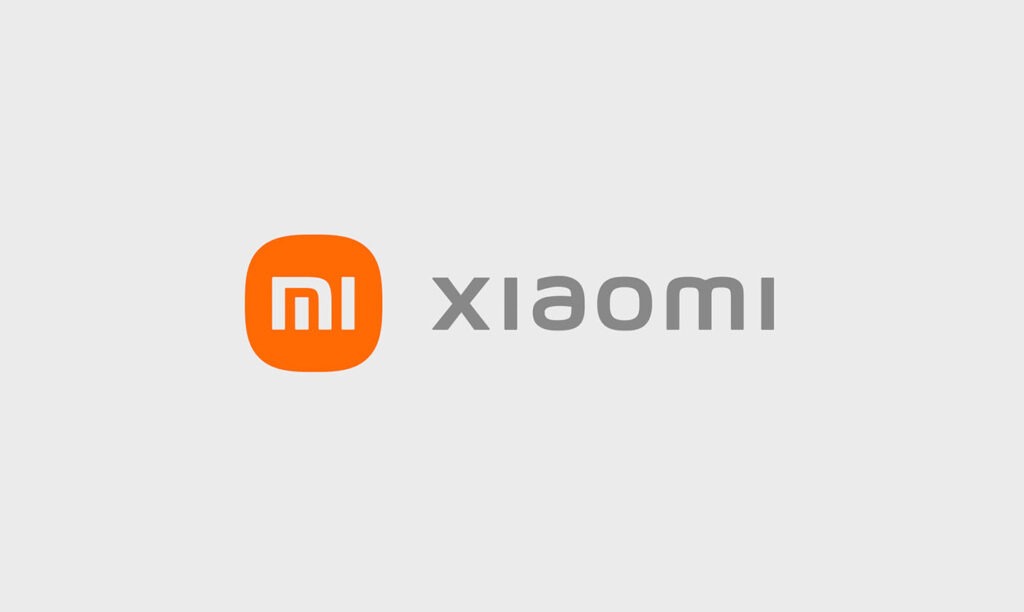When it comes to launching a new product or service in a highly competitive market, businesses often face a critical challenge: how to attract customers and quickly gain market share. One effective approach that many companies use is the penetration pricing strategy. This pricing technique involves setting a low initial price to draw in customers, generate brand awareness, and establish a foothold in the market. In this comprehensive guide, we’ll explore what penetration pricing is, how it works, its benefits and risks, and best practices for implementing it successfully.
Table of Contents
What is Penetration Pricing Strategy?
The penetration pricing strategy is a marketing approach where a company introduces a new product or service at a price significantly lower than its competitors. The idea is to attract a large number of customers quickly, build brand recognition, and secure a portion of the market. After achieving a desired level of market penetration, companies typically raise prices to improve profitability.
This strategy is commonly used when:
- The market is highly price-sensitive.
- The product or service has a broad appeal and can attract a large customer base.
- The company wants to discourage competitors from entering the market by creating a barrier through low pricing.
How Penetration Pricing Works
Penetration pricing works by offering customers an attractive deal that encourages them to try the product or service over competitors. Here’s how it typically plays out:
- Introduction of the Product: The company launches a new product at a low price, sometimes even at a loss.
- Attracting Customers: The low price encourages potential customers to choose the product over higher-priced alternatives, creating initial demand and increasing the customer base.
- Gaining Market Share: As more people adopt the product, the company gains market share and establishes itself as a key player.
- Increasing Prices: Once the company has achieved sufficient market penetration, it gradually increases prices to boost profit margins.
The success of this strategy depends on maintaining quality, creating positive customer experiences, and ensuring that the product delivers enough value at its initial low price.

Why Use Penetration Pricing Strategy?
There are several reasons businesses choose to adopt a penetration pricing strategy:
1. Rapid Market Penetration
A low introductory price is highly appealing to price-sensitive customers. This allows companies to quickly capture a significant share of the market. When customers perceive value in the offering, they are more likely to make a purchase, which leads to faster growth.
2. Discourages Competition
By offering a product at a lower price point, businesses create a barrier for potential competitors. It becomes difficult for new entrants to justify entering the market because they would struggle to compete with such low prices. In many cases, penetration pricing can force smaller competitors to exit the market.
3. Economies of Scale
As the company attracts more customers, production levels typically increase, allowing it to benefit from economies of scale. This means the cost per unit decreases as production volumes rise, which can help maintain profitability even at lower price points.
4. Customer Loyalty and Brand Recognition
Once customers try the product and are satisfied, they may become loyal to the brand, even after prices are raised. Building a strong customer base early on can create brand advocates who recommend the product to others, further driving growth.
5. Higher Revenue in the Long Run
While the initial low pricing might cut into short-term profits, the strategy can lead to higher revenue in the long run. After penetrating the market and increasing prices, businesses can achieve greater profitability while maintaining their customer base.
Also Read: 10 Creative Product Launch Ideas: Make Your Next Launch a Success
Key Advantages of Penetration Pricing Strategy
1. Increased Market Share
The most obvious benefit is that penetration pricing allows companies to quickly secure a portion of the market. By offering the lowest price, businesses position themselves as the go-to option for consumers, which can increase sales volume.
2. Brand Establishment
Low pricing coupled with strong marketing can help a new brand or product make a significant impact in a short amount of time. Brand awareness is critical for the success of any business, and penetration pricing helps to create a buzz around the product.
3. Faster Customer Adoption
Customers are always looking for good deals, and a low price can significantly reduce the perceived risk of trying a new product. Once customers adopt the product, the brand can use additional strategies to retain them over the long term.
4. Potential to Create Long-Term Value
Even though penetration pricing reduces margins initially, the long-term value of acquiring customers early can outweigh the short-term financial hit. The focus on volume, combined with effective customer retention, can create lasting profitability.
Risks and Challenges of Penetration Pricing
While the penetration pricing strategy has many advantages, it also comes with risks:
1. Unsustainable Pricing
Pricing too low for too long can result in losses that are difficult to recover. Companies need to carefully plan when and how to raise prices to avoid alienating customers.
2. Risk of Price Wars
Setting a low price can prompt competitors to reduce their prices as well, resulting in a price war. If a company is not prepared for such a scenario, it may end up losing more than it gains.
3. Damage to Brand Perception
Customers may associate lower prices with lower quality. This can be particularly challenging if the product is intended to be perceived as premium. It’s crucial to strike the right balance between affordable pricing and maintaining brand integrity.
4. Limited Profit Margins
Penetration pricing often means accepting lower profit margins, especially in the early stages. For some businesses, especially startups, this can be a risky strategy as they may not have enough financial cushion to withstand low margins for an extended period.
5. Difficulty Raising Prices
Once customers are used to paying a low price, raising prices can be challenging. There is a risk of losing price-sensitive customers who might turn to competitors as soon as prices increase.
Best Practices for Implementing a Penetration Pricing Strategy
If you’re considering adopting a penetration pricing strategy, it’s essential to plan carefully and implement the strategy strategically. Here are some best practices:
1. Conduct Market Research
Before launching a penetration pricing strategy, thoroughly research your target market to ensure there is enough demand for your product. Identify the price sensitivity of your customers and analyze your competitors’ pricing strategies.
2. Calculate Costs Carefully
It’s important to set a price that is low enough to attract customers but not so low that you can’t sustain it for the initial phase of your product launch. Calculate the break-even point and ensure that your pricing plan allows for scalability.
3. Set a Clear Timeline for Price Adjustments
Penetration pricing should not be a long-term strategy. Develop a clear timeline for raising prices once you’ve achieved your desired market penetration. Make sure to communicate this effectively to avoid customer backlash.
4. Focus on Product Quality
Even at a lower price point, your product must meet or exceed customer expectations. A low price might attract customers, but poor product quality will cause them to leave. Make sure your product delivers real value.
5. Leverage Marketing to Build Brand Loyalty
Use the initial penetration period to build relationships with your customers. Offer incentives, create loyalty programs, and encourage positive reviews. The goal is to convert first-time buyers into repeat customers.
6. Monitor Competitors
Be aware of how competitors react to your pricing strategy. If they begin to lower their prices in response, you need to be ready with a plan to differentiate your product beyond price, such as through superior features or customer service.
When to Use Penetration Pricing Strategy
Penetration pricing works best in the following scenarios:
- New Market Entry: If you’re entering a highly competitive market where customers are already loyal to established brands, penetration pricing can help break through the noise.
- Mass Market Products: If your product or service has broad appeal and can attract a large audience, penetration pricing can help you build a customer base quickly.
- Low Production Costs: If your product benefits from economies of scale and low production costs, you can afford to lower prices and still be profitable in the long run.
Real-World Examples of Penetration Pricing
Several well-known brands have successfully used the penetration pricing strategy to dominate their industries:
Spotify

Spotify introduced its music streaming platform by offering both a free, ad-supported option and a budget-friendly premium subscription. This penetration pricing model enabled Spotify to rapidly grow its user base, creating opportunities to later convert free users into paid subscribers. The vast audience also made the platform appealing to advertisers and music labels, securing a reliable source of income.
Xiaomi

Xiaomi entered the smartphone industry by offering high-quality devices at prices well below those of established brands like Apple and Samsung. By emphasizing online sales and keeping marketing expenses low, Xiaomi was able to offer affordable pricing, quickly capturing market share in China and other emerging economies. As the company expanded, it broadened its product offerings and shifted its pricing strategy to include premium options.
Conclusion
The penetration pricing strategy is a powerful tool for businesses looking to enter new markets and quickly gain market share. By offering a product or service at an attractive, low price, companies can attract a large customer base, build brand awareness, and establish themselves as market leaders. However, it’s important to plan carefully, understand the potential risks, and set clear goals for the strategy. When done right, penetration pricing can lead to long-term success and profitability.

